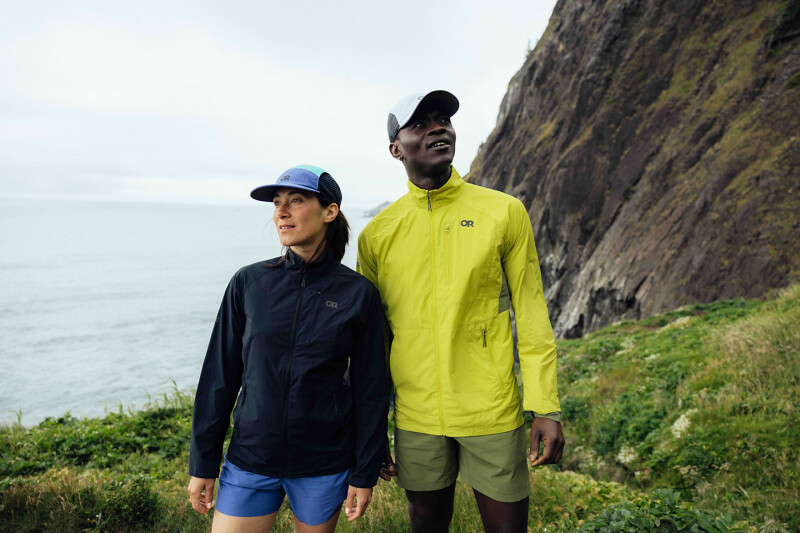The high that marked a record year for the U.S. athletic footwear industry in 2021 turned into a hangover in 2022. Year-over-year sales revenue declined by six percent from January through September 2022, compared to a 28 percent increase at this time last year, according to the Retail Tracking Service from NPD. One bright spot is that 2022 sales remain above pre-pandemic 2019 levels.
Reasons for the Change
There are numerous reasons for the change of pace in 2022. While there was a lot of Federal Government stimulus money hitting the market in 2021, there has been none in 2022; we are living under inflation and recession fears this year; and supply chain issues that appeared in late 2021 are still playing out.
Additionally, and perhaps most importantly, brands that aggressively grew their direct-to-consumer (DTC) businesses at the expense of their wholesale partners have been unable to make up for all those retail sales. In fact, through the lens of NPD’s Consumer Tracking Service, which accounts for sales in the DTC and off-price channels, footwear sales revenue declined by one percent from January through September 2022, versus last year. The shift to DTC is yet to bring growth to the industry.
From DTC to Retail
The running shoe market has been particularly affected by this failure of brands to compensate for the discontinued retail business. Running shoe sales revenue in 2022 through September declined by eight percent and unit sales were also down. Comping against 2019, sales are up five percent, which is well below the overall market rate. It will prove challenging for brands to offset all the lost business.
It is also telling to look at the women’s side of the running shoe business.
Running footwear is one category where there is relative gender parity. While many brands profess to focus on their women’s business, sales are down by six percent compared to 2021. The fact that most women’s running shoes are based off the shoe lasts of men’s shoes has not helped sales.
Let’s hope that brands get the message and will refocus their efforts to make shoes that are designed for the shape of a woman’s foot, which would reap positive sales benefits.
There are, of course, running shoe brands that are thriving in today’s market. Brands with a clear point of view, unique product offerings and a more conservative DTC strategy are outperforming.
We are in the middle of a significant retail reshaping of running shoe assortments. These changes are not trivial, nor are they transitory. Shoe walls look much different today than they did before the pandemic and will continue to be so.
The pandemic also brought new participants to running as an activity; however, many brands and retailers did not adapt to these new runners. Specialty sports retailers have instinctively focused on pinnacle consumers highly experienced in the activity — and the owners of specialty shops also tend to be at this level. That’s why many consumers find shopping at sport specialty outlets to be intimidating. Making customers uncomfortable – or selling them a product that is above their skills and needs – is a sure way to lose new consumers.
Cost, Inventory Challenges
The average selling price for a pair of men’s running shoes this year through September was $76.40, an increase of 22 percent from the same nine-month period in 2019. This growth is partly due to higher supply chain and input costs, but it is also a function of certain brands abandoning the opening price categories that have been a reliable sales driver. It is likely that some of the decline in running shoe sales is due to this sharp increase in average retail pricing.
An abundance of inventory is another industry concern. All public footwear brands have announced inventory levels will be significantly elevated this year, which will force brands to be more promotional and could drive sales, albeit unprofitably.
In turn, brands will be up against those unprofitable, elevated comparisons next year, which will be difficult to offset. At one point 2023 was thought to bring a return to “normalcy,” but it is now clear that this wild ride is not over yet.
Second quarter sales figures indicate an increase in athletic shoes sold on sale. Given the out-of-control inventory levels announced by footwear companies, we can expect the percentage of shoes on sale to grow rapidly in the coming months.
This increased promotional level will erode the strong profit gains achieved during the pandemic. In the first half of 2022, more than 40 percent of all running shoes were sold on sale, down from 56 percent in 2020. In the fourth quarter that figure will surely be higher than historic levels.
All in all, the outlook for the U.S. running shoe market appears to be challenged from both the topline and bottom line. But the market continues to be populated with opportunities and an expanded customer base.
By exploring the white spaces, pursuing areas of improvement and harnessing sales data to proactively inform decisions, brands can effectively readapt for today’s change of pace.
The referenced data comes from The NPD Group’s monthly point-of-sale footwear database. It is collected from the athletic specialty and sporting goods, shoe chain, premium and mid-tier channels. It does not include direct-to-consumer (DTC), run specialty or off-price sales.






